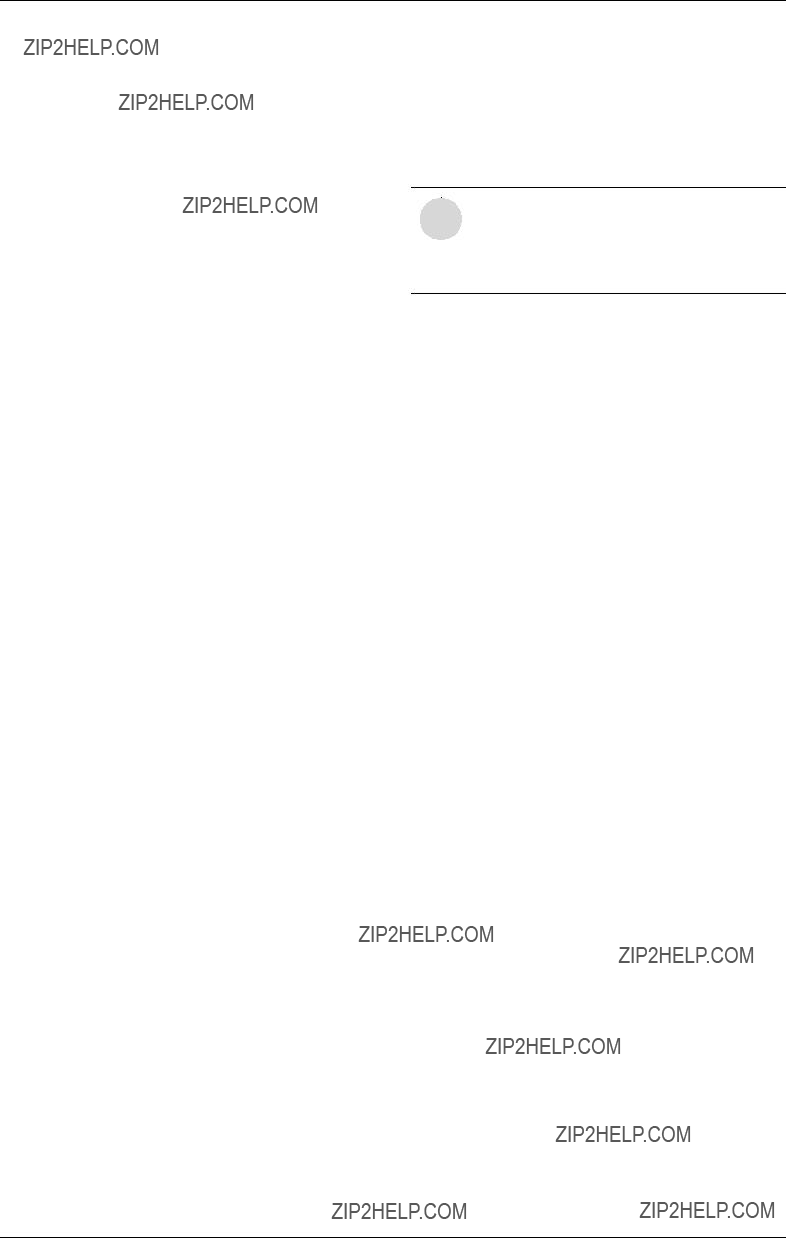2.14 Electrical connections
Warning: For safety reasons, disconnect the power supply to the heater before any service or testing is performed.
Warning: This heater must be electrically grounded in accordance with the most recent edition of the National Electrical Code. NFPA 70. In Canada, all electrical wiring to the heater should be in accordance with local codes and the Canadian Electrical Code, CSA C22.1 Part 1. Do not rely on the gas or water piping to ground the metal parts of the heater.
The GWH-635-ES requires an electrical power supply from a 120VAC 60Hz circuit and must be properly grounded.
A means for switching off the 120VAC power supply must be provided.
The heater is wired as shown in the wiring diagram (chapter 6, Fig. 36).
2.15 Operating instructions
BBefore proceeding with the operation of the heater make sure that the system is filled with water.
B Turn off power supply to heater.
B Open the cold water inlet supply to the heater fully.
BOpen a hot water faucet to permit the water to fill the heater and the piping and to eliminate the air trapped in the system.
BClose the hot water faucet after the water flows freely and all the air has escaped from the system. Turn on power supply to heater. The water heater is now ready to operate.
NOTE: A default temperature setting of
i122 F will appear on the display screen.
2.16For your safety read before operating your water heater
Warning: If you do not follow these instructions exactly, a fire or explosion may result causing property damage, personal injury or loss of life.
A.This appliance is equipped with electronic ignition for lighting the main burners. When turning the heater on, follow these instructions exactly.
B.Before operating the unit, set the On/Off switch to the On ( I ) position.
WHAT TO DO IF YOU SMELL GAS
B Do not try to light any appliance.
BDo not touch any electric switch; do not use any phone in your building.
BImmediately call your gas supplier from a neighbors phone. Follow the gas supplier???s instructions.
BIf you cannot reach your gas supplier, call the fire department.
C.Use only your hand to turn the on/off control switch. Never use tools. Follow these instructions exactly. If control switch is jammed, close the gas supply and call a qualified service technician. Attempted forceful repair may result in a fire or explosion.
D.Do not use this appliance if any part has been under water. Immediately call a qualified service technician to inspect the appliance and to replace any part of the control system and any gas control which has been under water.
2.17 Lighting and operating instructions
B 1. STOP! Read the previous safety information.
B2. The gas valve must be shut off by putting the ON/ OFF switch to position (0). Wait five (5) minutes to clear out any gas. If you smell gas, STOP! Follow ???B??? in the safety information above. If you do not smell gas, go to the next step.
B3. This appliance is equipped with electronic ignition for lighting the main burners. When turning the heater on, follow these instructions exactly.
B4. Set the ON/OFF switch to the (I) position. In this position, the water heater is ready to use.
B 5. Open a hot water tap.
B6. The burners will remain on until the hot water tap is turned off.





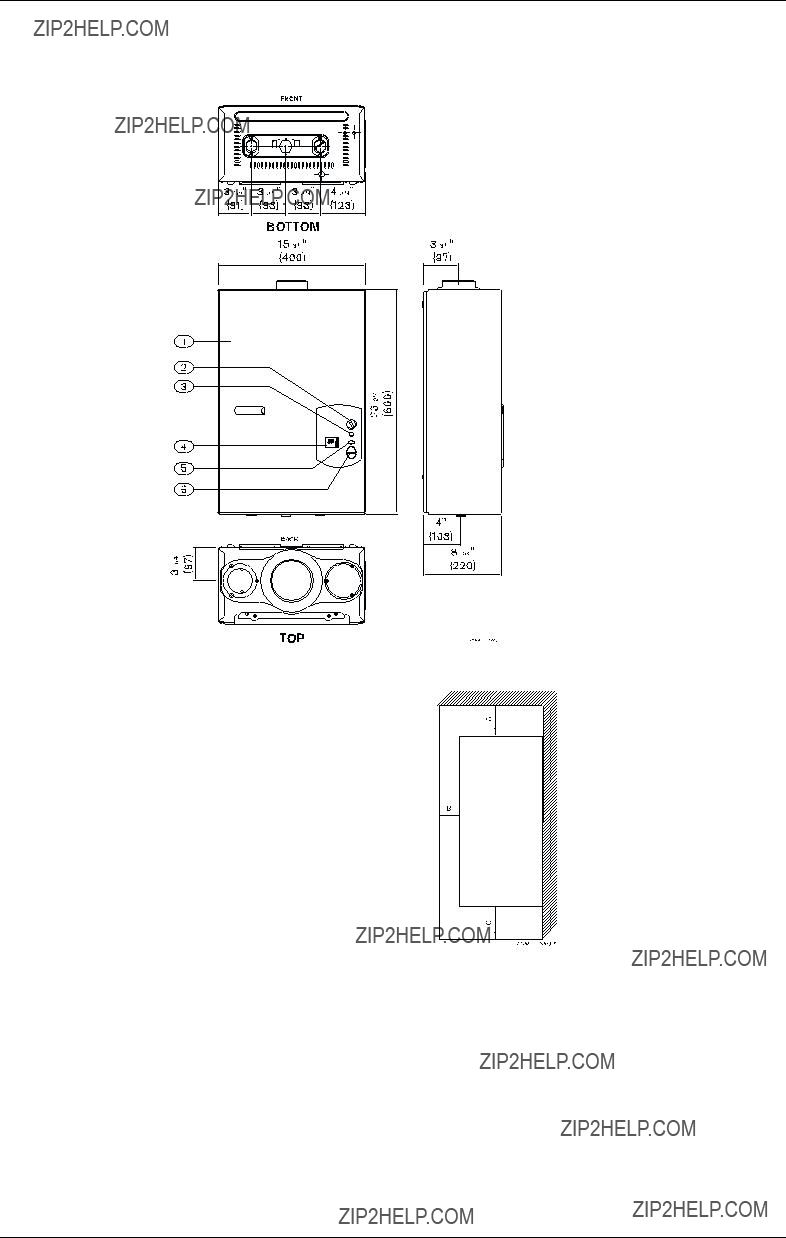
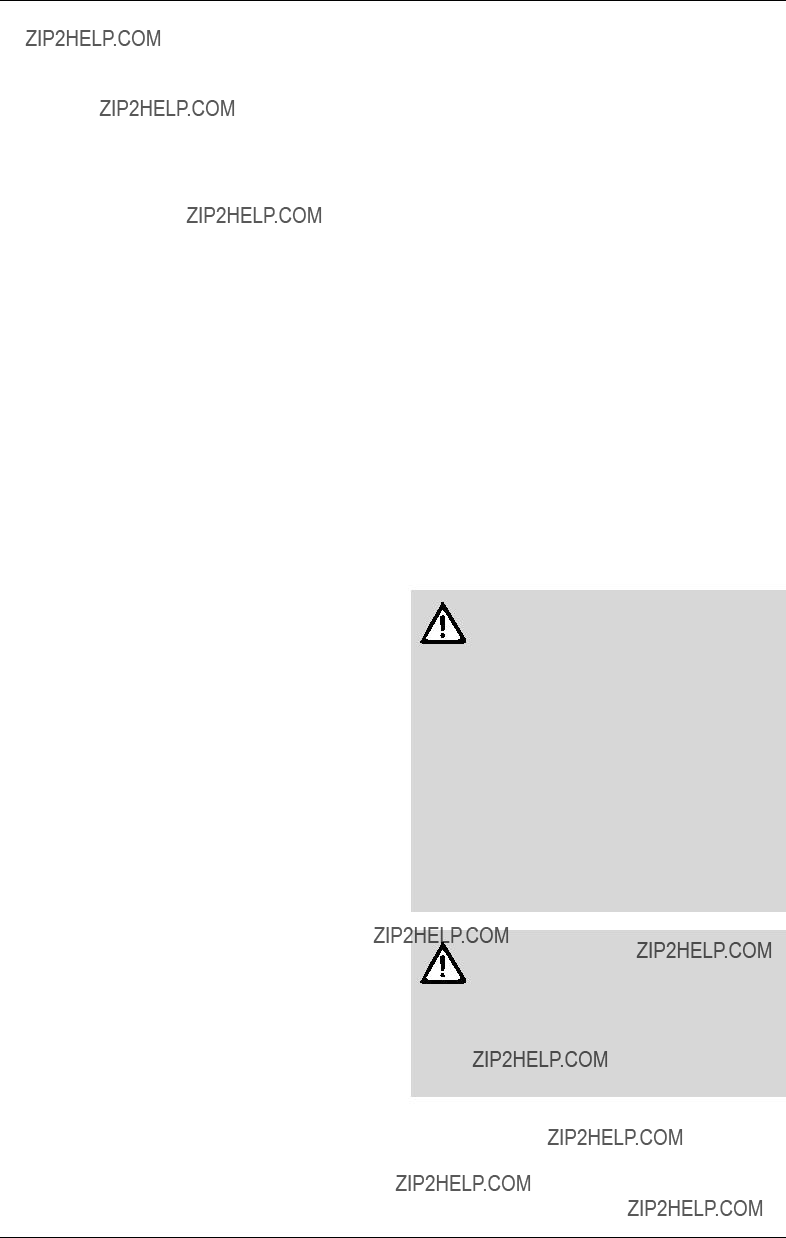



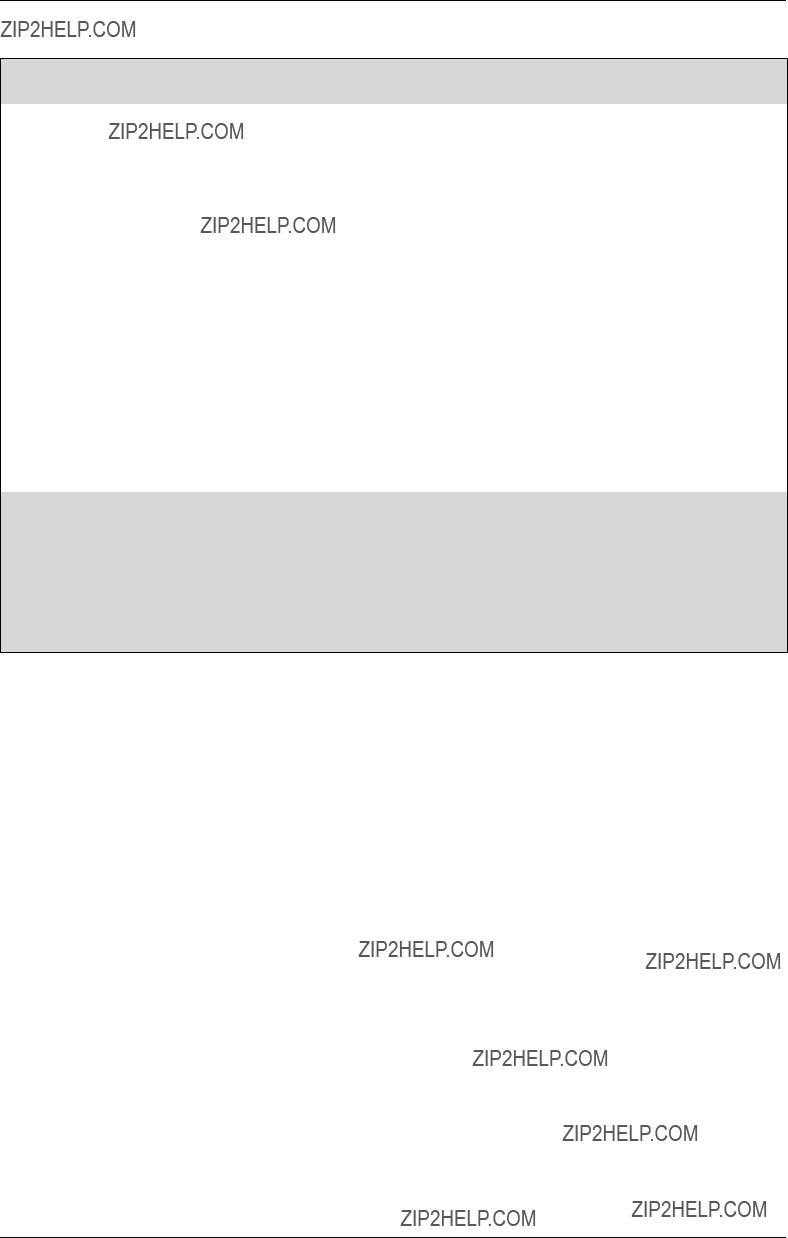
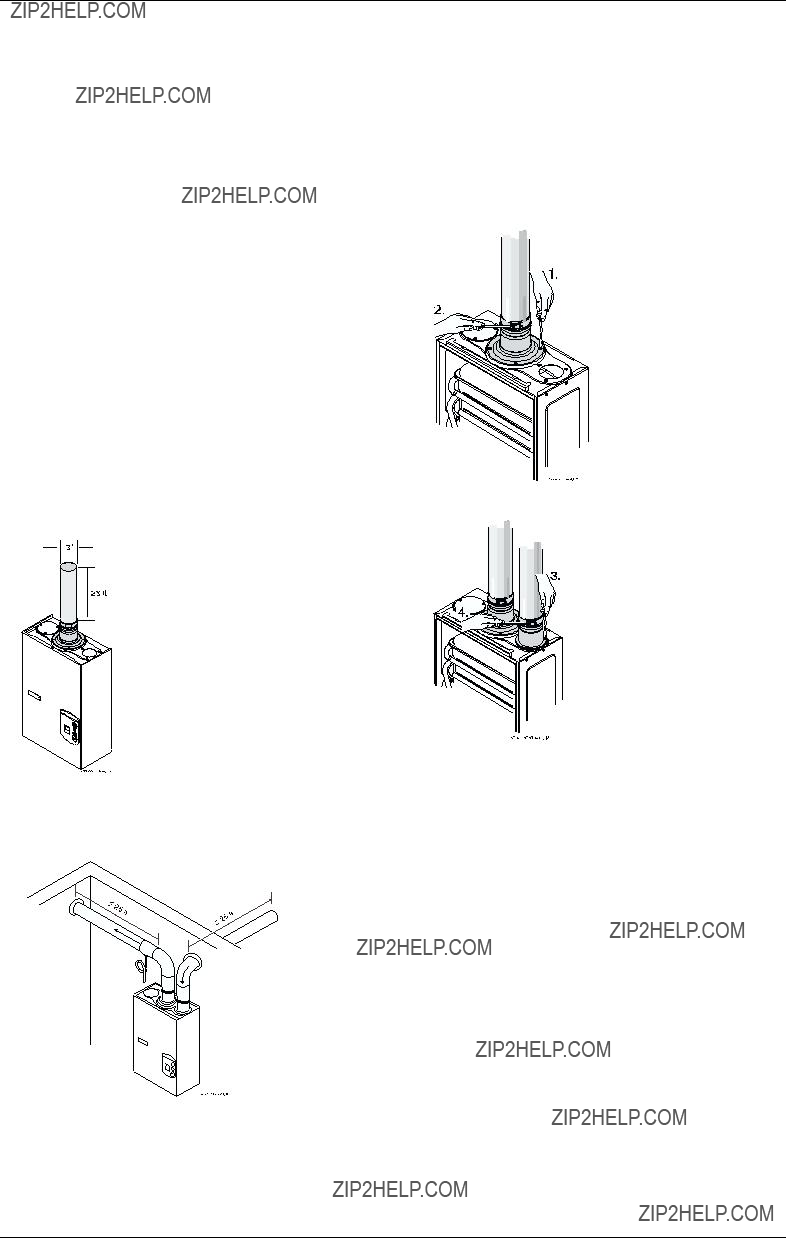

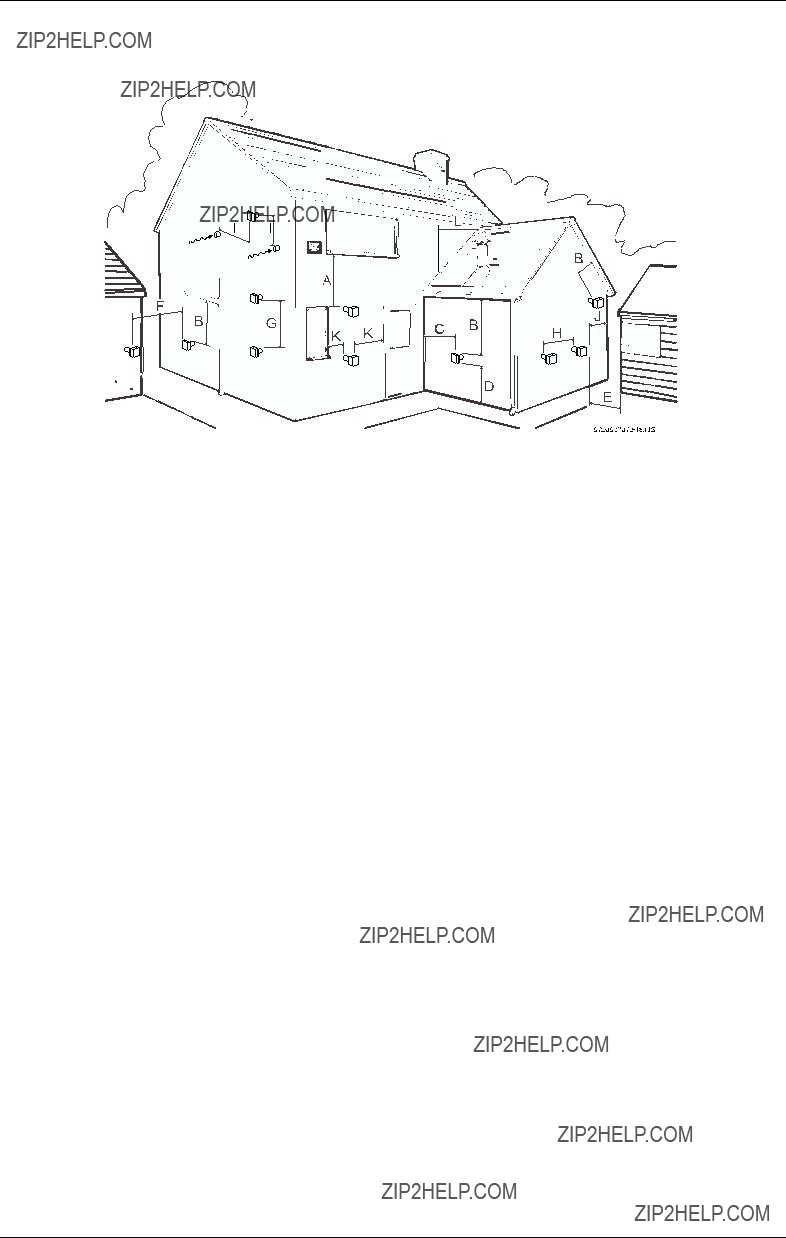

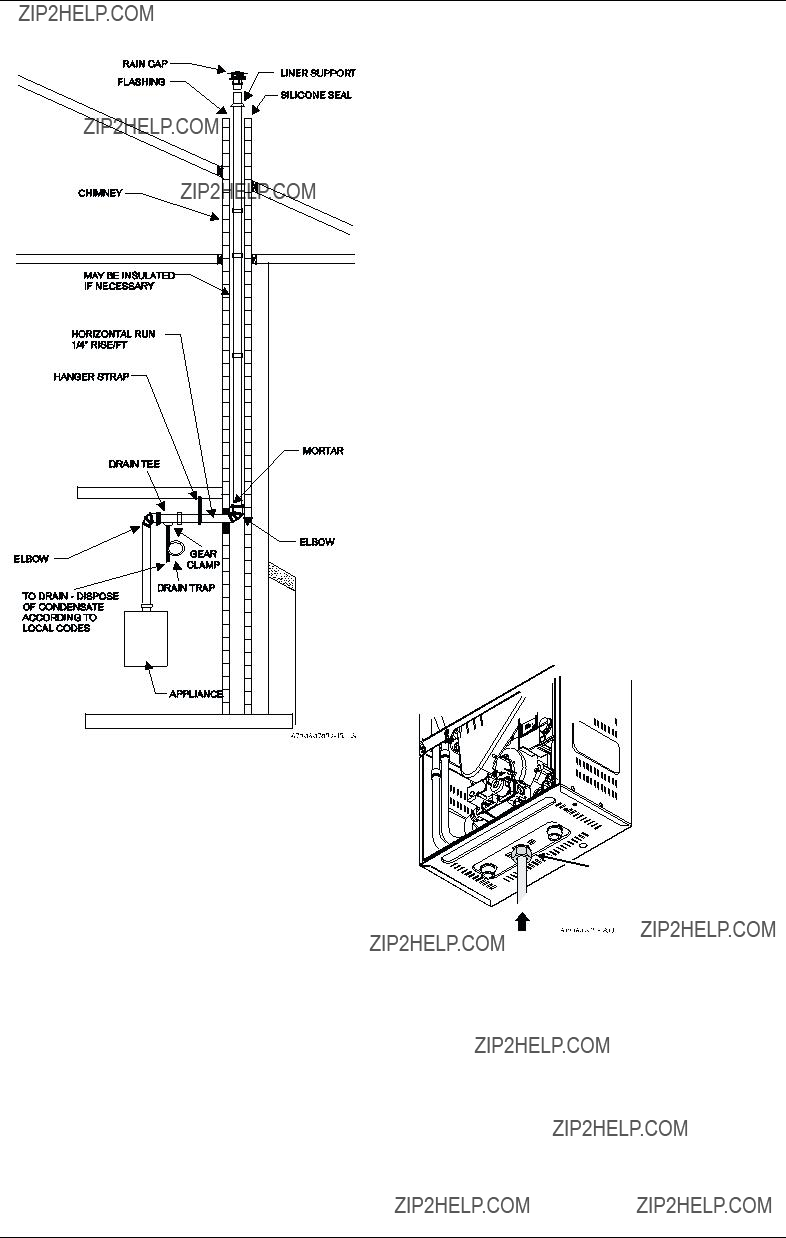

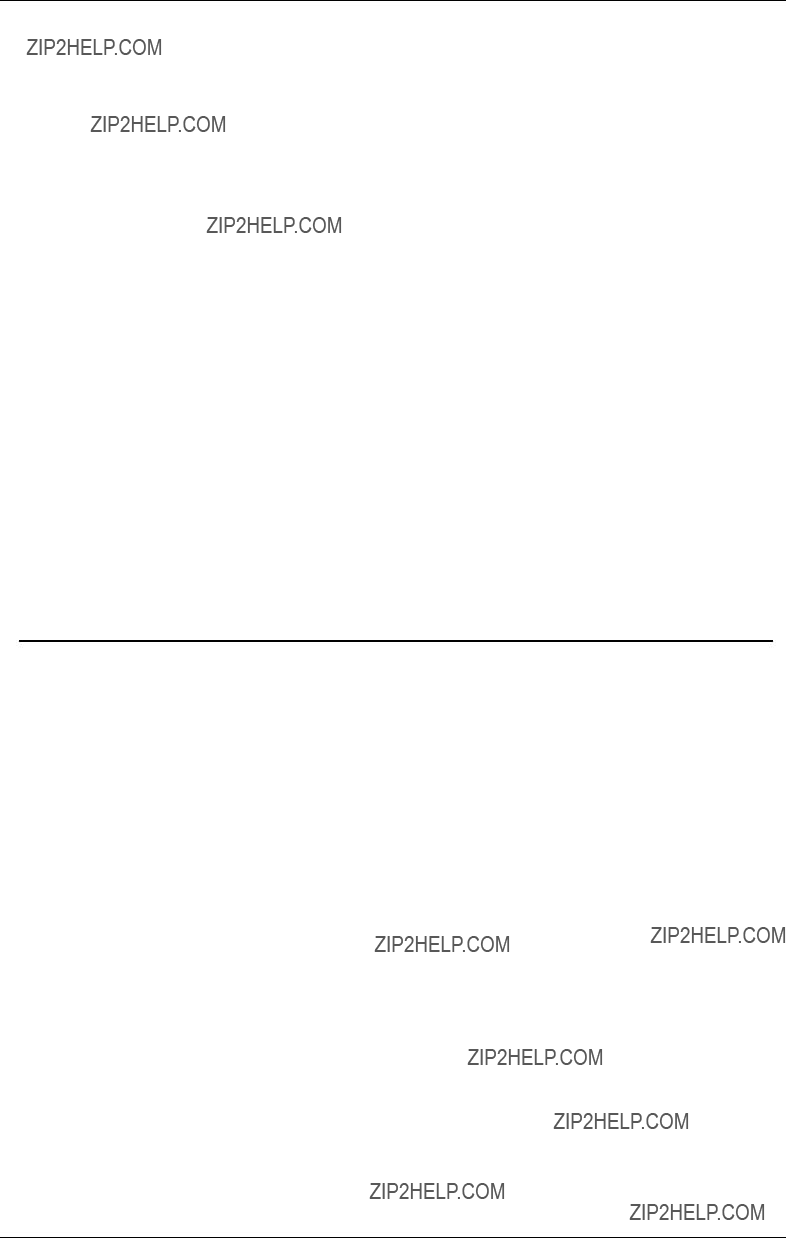
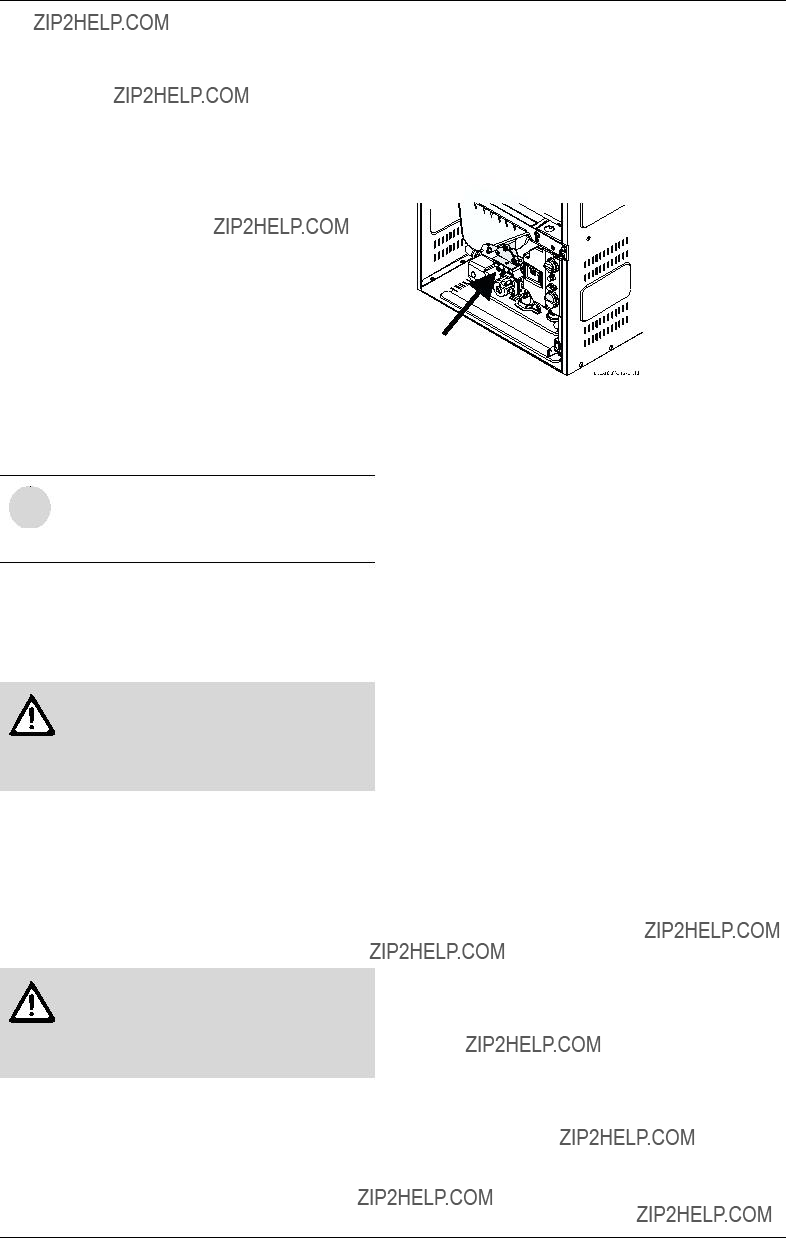


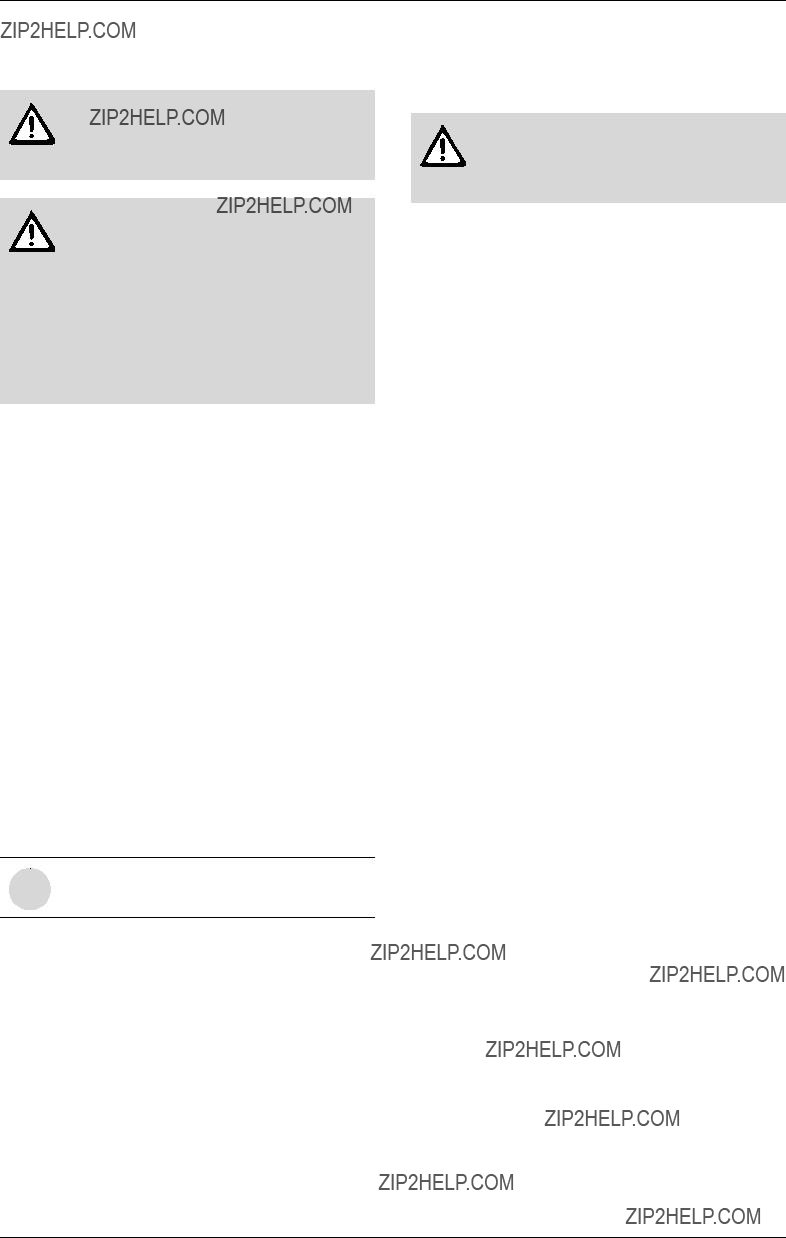


 and
and  in order to reach requested temperature.
in order to reach requested temperature.

 .
. .
. and
and  to select temperature to be memorized.
to select temperature to be memorized. the temperature setting cannot be adjusted because the appliance is in use by a user which already selected a different temperature. Appliance will be automatically unlocked after closing hot water tap.
the temperature setting cannot be adjusted because the appliance is in use by a user which already selected a different temperature. Appliance will be automatically unlocked after closing hot water tap.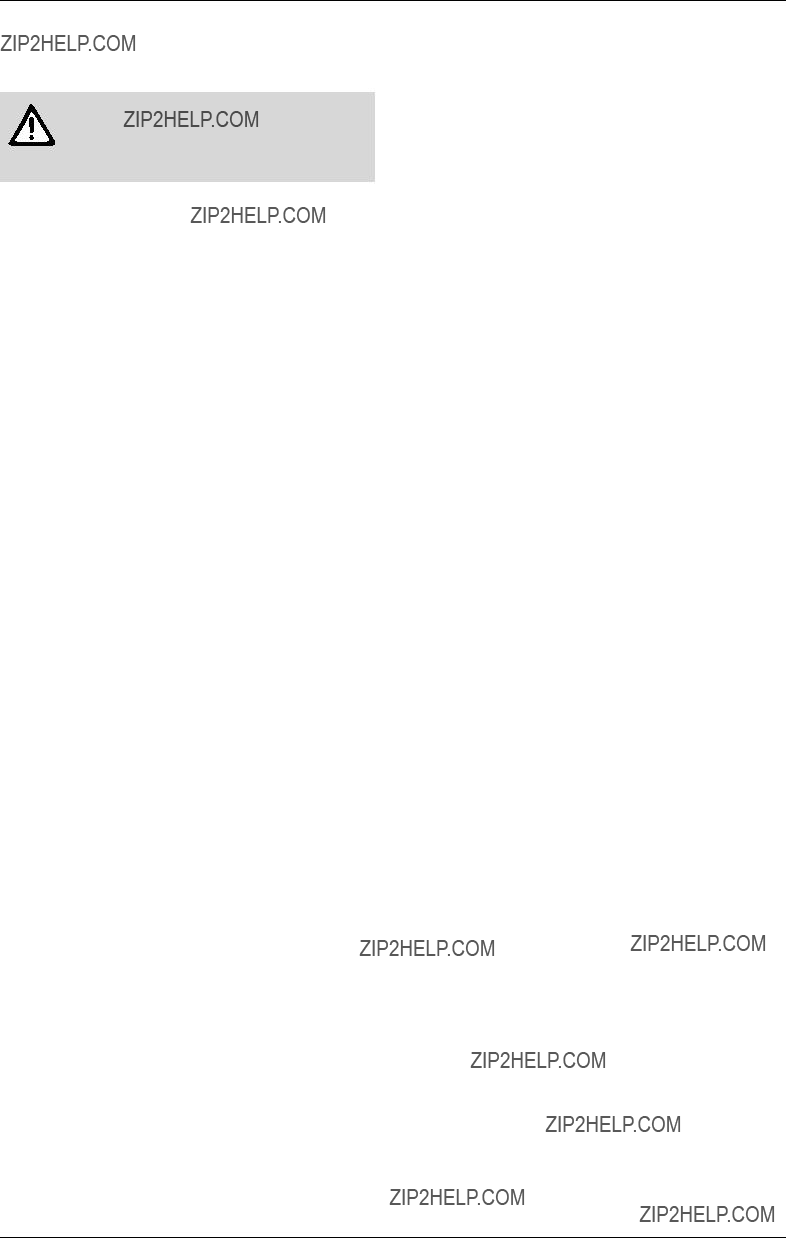

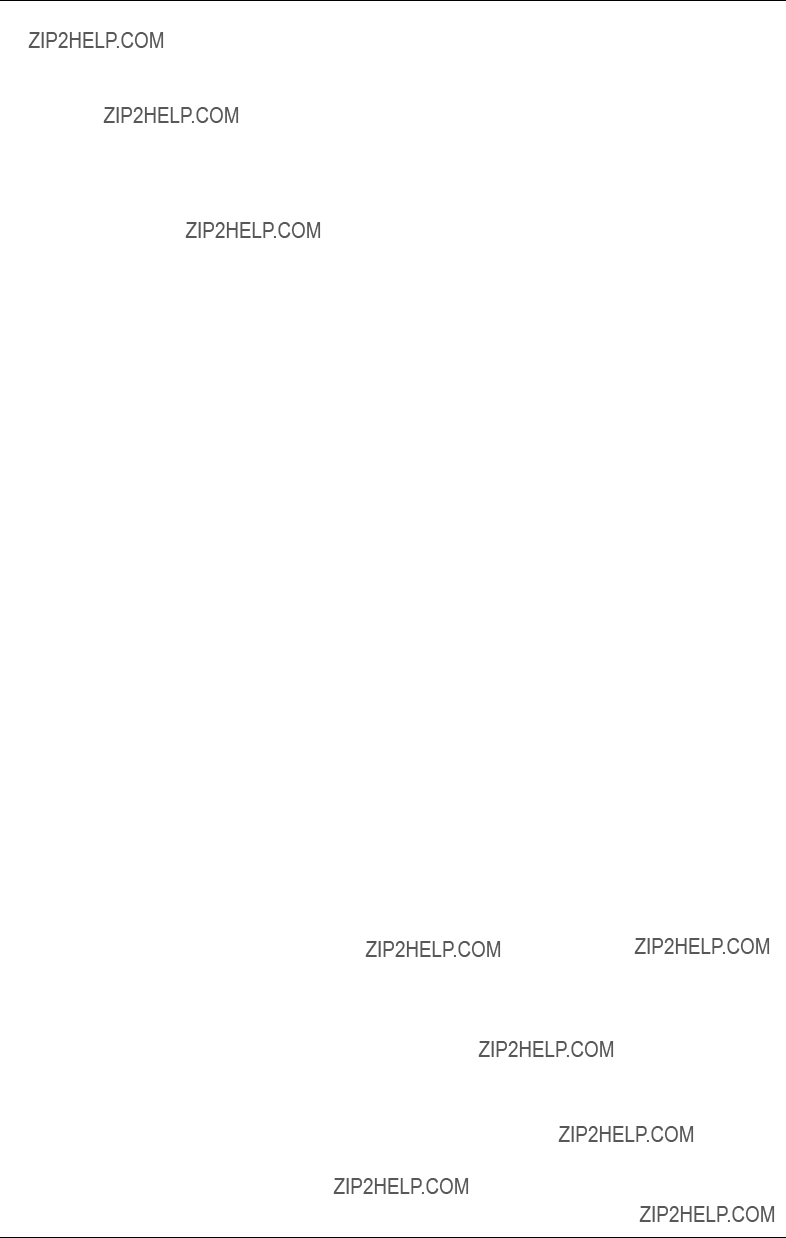



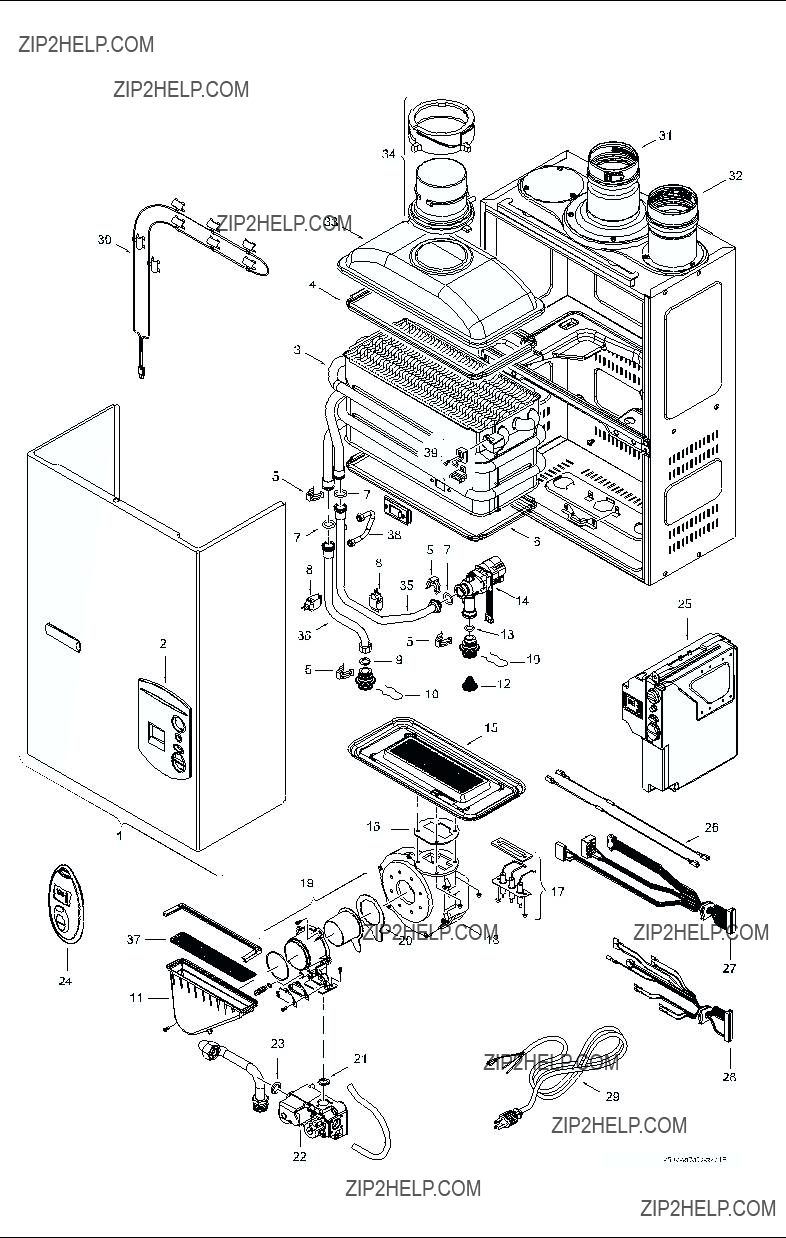
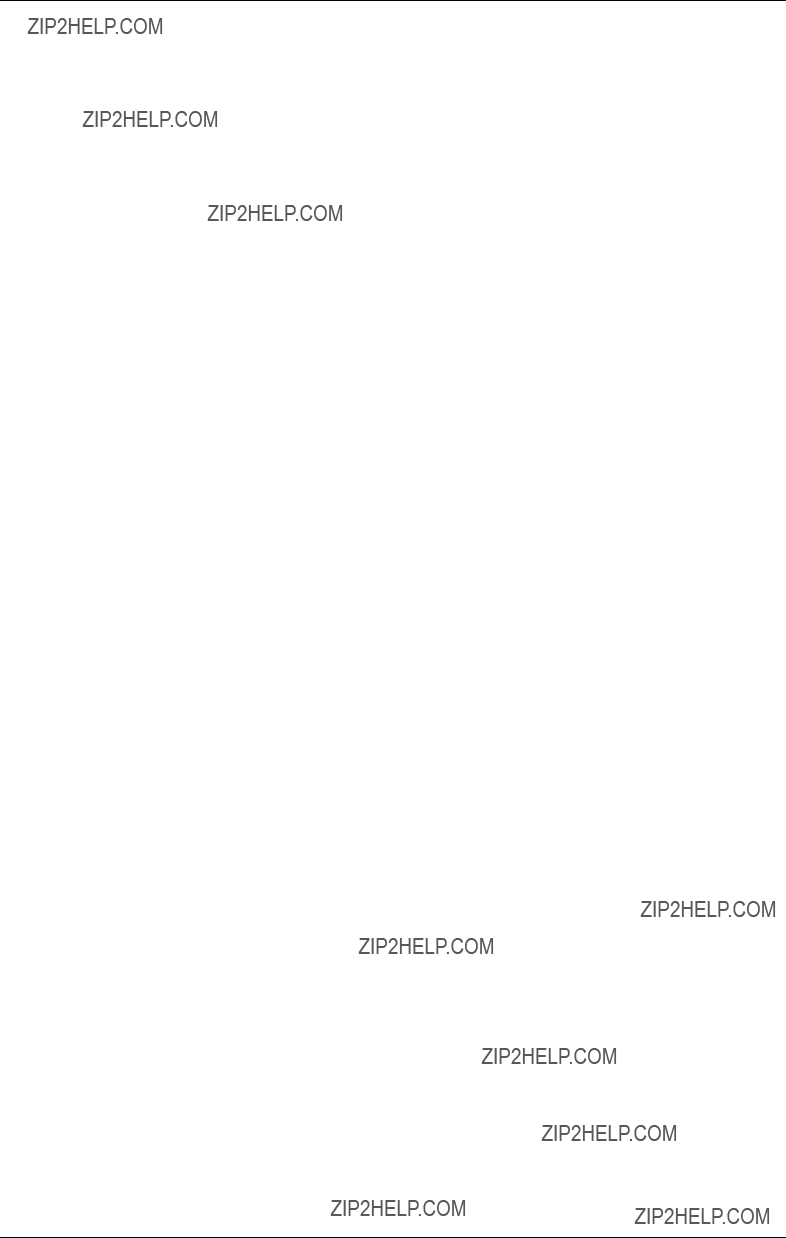
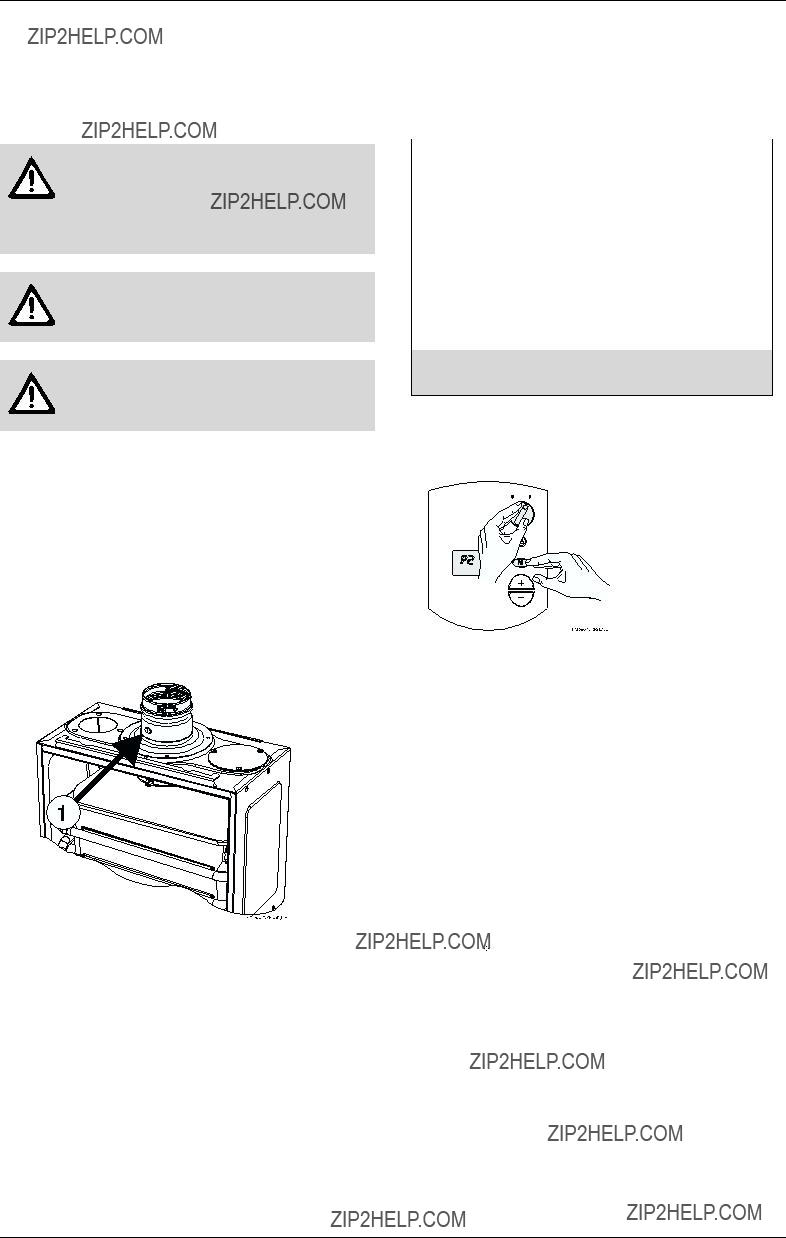
 , until ???P1??? appears.
, until ???P1??? appears.


 .
.